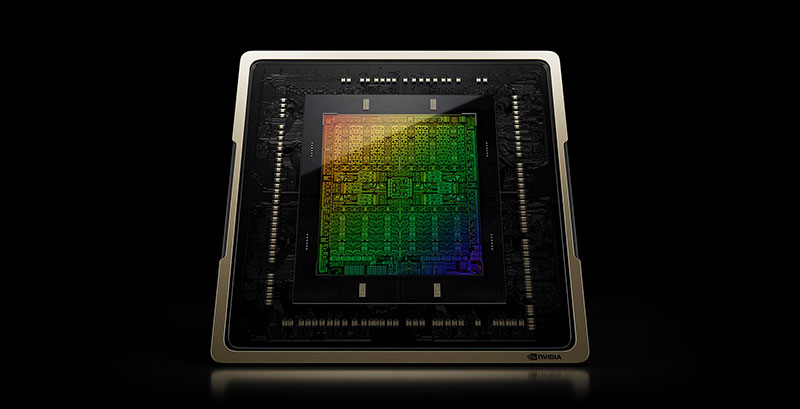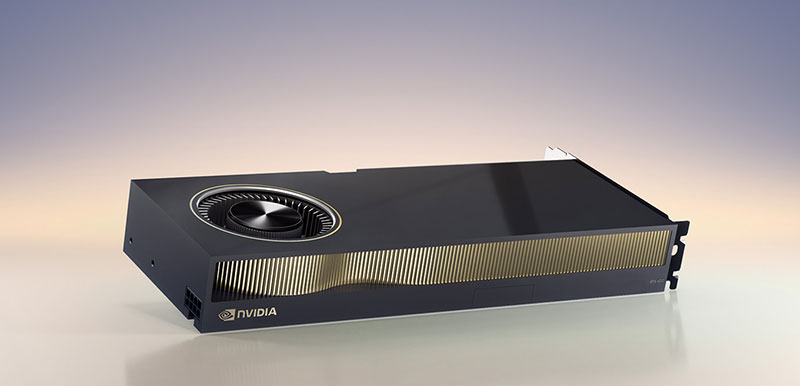The RTX 6000 GPU is based on Ada Lovelace architecture, up to date render, AI and shader development, plus 48GB of memory for 3D models, renders, simulations and AI datasets.

The new NVIDIA RTX 6000 workstation GPU, based on the NVIDIA Ada Lovelace architecture, is designed for neural graphics and virtual world simulation, incorporating Ada generation AI and programmable shaders. Neural graphics uses both AI and graphics to accelerate graphics pipelines by learning from data. As well as improving results, integrating AI is expected to help automate design choices and open opportunities for artists and creators.
The RTX 6000 is intended as a platform for creating content and tools for the metaverse with NVIDIA Omniverse Enterprise. Its build includes the recent generations of render, AI and shader development, plus 48GB of GPU memory to support working with large 3D models, render images, simulations and AI datasets. Delivering up to more than twice the performance of the previous-generation RTX A6000, the new GPU supports detailed content creation, complex simulations and development of the building blocks required to construct engaging virtual worlds.

The physical build of the GPU includes third-generation RT Cores with up to twice the throughput of the previous generation. They can concurrently run ray tracing with either shading or denoising capabilities. CUDA cores deliver up to twice the single-precision floating point throughput.
The RTX 6000’s fourth-generation Tensor Cores record much faster AI training performance than the previous generation with expanded support for the FP8 data format. The 8-bit floating point (FP8) specification serves as a common format that accelerates AI development by optimising memory usage and works for both AI training and inference.
The new GPU will support NVIDIA virtual GPU (vGPU) software for multiple high-performance virtual workstation instances. Remote users will be able to share resources and drive complex design, AI and compute workloads. Extended reality producers will have access to 3x the video encoding performance of the previous generation, for streaming multiple simultaneous XR sessions using NVIDIA CloudXR. CloudXR, which is itself built on NVIDIA RTX, delivers VR and AR across 5G and Wi-Fi networks to untethered devices.
Delivery of the NVIDIA RTX 6000 workstation GPU from global distribution partners and manufacturers is expected to start in December 2022. www.nvidia.com




